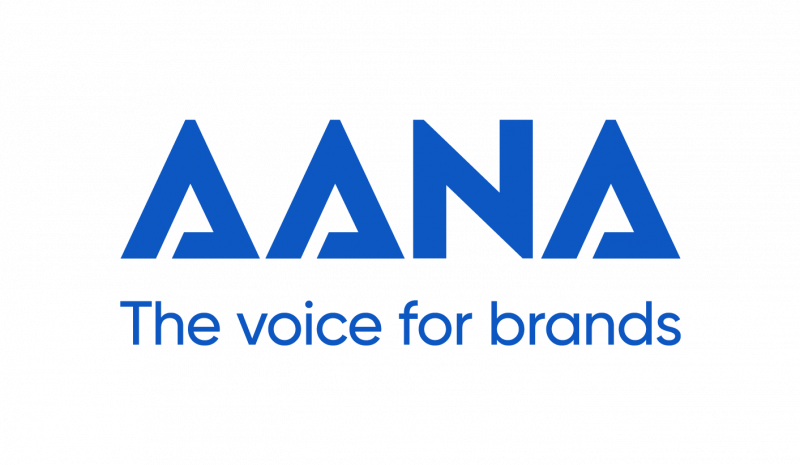AANA cracks down on stereotypes and sexualised imagery in updated code of ethics
The Australian Association of National Advertisers (AANA) has revealed its updated code of ethics, the advertising industry’s self-regulatory code, following a review that was launched in September last year.
Major updates to the code include restrictions on undue focus on the male or female anatomy, unless it is relevant to the product being advertised, the use of sexualised imagery or graphic violence where children are likely to view it, and avoiding harmful gender stereotyping.

The code has been under review since September last year

